If you’ve seen one Balkan country, you’ve seen them all, right? Wrong. It’s easy to lump these 12 splendid countries together, but there’s a Thai saying you may have come across which applies here, and that is –“same same, but different.”
In some ways, yes, some Balkan countries share a language, history and food–former Yugoslavian states especially, but they’re also different for many reasons which means one might be more for you than the other.
For example, Albania, having been shut off from the world under communism for 30 years, has a vastly different history to its neighbours, but shares their Ottoman heritage. The language is also different to Croatia, Montenegro, Serbia and Bosnia, where it’s practically the same. But the predominant religion in Albania is Islam, like Bosnia and Kosovo (are you keeping up?).
We’re often asked by prospective guests, “which Balkan country should I choose?” So we’ve put together a handy guide to help you decide which Balkan country, out of Croatia, Albania, Montenegro, Bosnia, Serbia or Kosovo, is best for you.
But before we do, we caveat by saying we’re Undiscovered Balkans, so we’re not focussing on the best beach resorts in Croatia or whether you should pick Kotor over Budva (there’s enough of those posts out there). No, this guide is for those who love to get off the beaten path, be it through active adventures like hiking or kayaking, or visiting remote mountain villages in search of an authentic taste of the culture.
There’s a Balkan destination for every type of intrepid traveller out there, old or young, read on to find yours.
Croatia
Best for: Coastal scenery, laidback adventures, seafood and wine
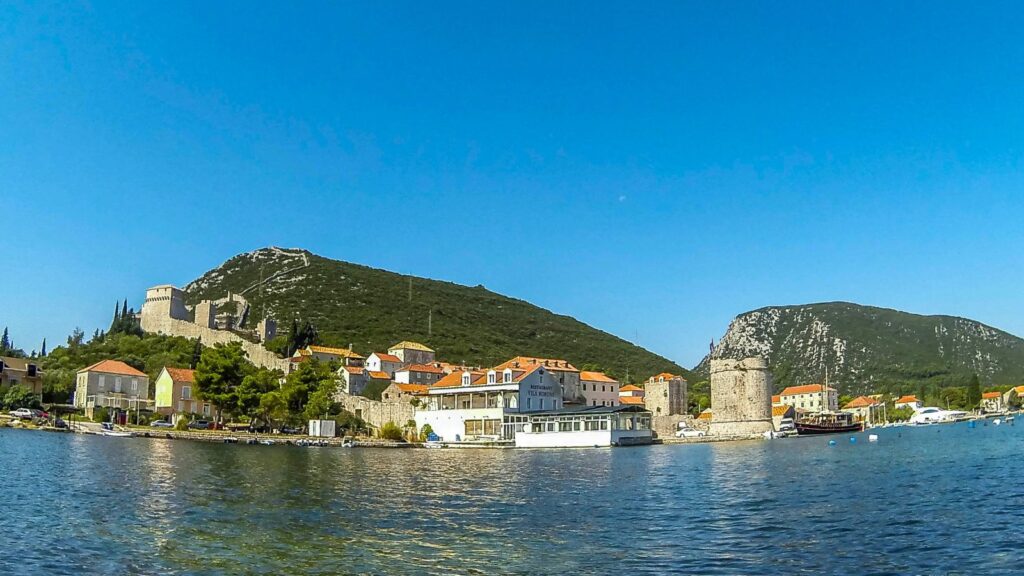
Croatia is more mainstream than other destinations in the Western Balkans, it was the first to recover tourism following the breakup of Yugoslavia and it’s been flooded with investment from big holiday companies over the last decade. Roads and infrastructure are more developed than neighbouring countries, it’s well established, and it’s part of the EU. This brings a certain level of comfort and reassurance to some travellers, but that’s not to say you can’t get off the beaten path and have an adventure.
For example, just 57 miles (54 km) north of Dubrovnik is Ston, a magnificently preserved fortified city (one of the world’s largest, in fact) on the Pelješac Peninsula. There lies a small fishing village with a big reputation for seafood, particularly mussels which are world-renowned. The views of the Adriatic are sublime and its old town is like Dubrovnik before it became overly commercialised.
From Ston’s quaint pebble beaches, you can head out by kayak and discover secret caves and uninhibited islets while inland, you have Croatia’s wine country on your doorstep. Spend a day cycling through family-owned vineyards, stopping to sample rich Dingač reds while gazing out to sea–it doesn’t get any more Croatian than that (unless you throw some rakija in the mix).
Learn more about Croatia:
- The Undiscovered guide to Ston, the quieter alternative to Dubrovnik
- Meet Robi, our Croatia adventure guide
- Wine tourism in Croatia & Montenegro
See our Croatia holidays
Albania
Best for: Foodies, mountain scenery, culture and families
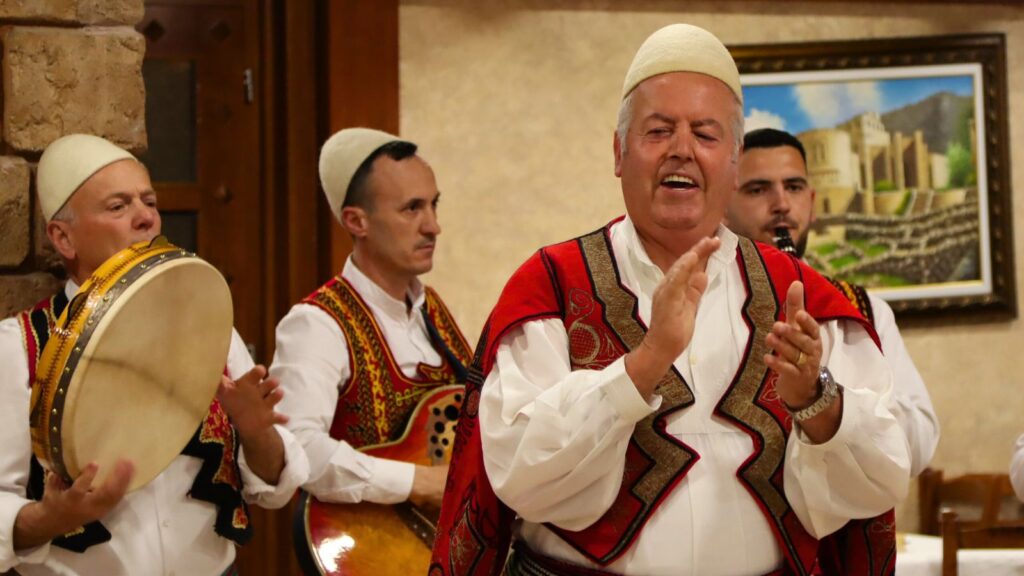
With sandy beaches, UNESCO World Heritage sites, delectable food and the stunning Accursed Mountains to the north, Albania is a great all-rounder. Time and time again, we see guests rock up expecting a suppressed, post-communist country only to be pleasantly surprised by how developed and beautiful it is. One such visitor was Simon, who brought his hiking group along last summer and told us, “I’ve been to Montenegro before, never been to Albania. And it blew me away.”
Think olive groves, vineyards and sun-soaked Mediterranean landscapes often associated with Greece at ground level while higher up, dramatic karst limestone cliffs soar, scattered with traditional shepherds villages untouched by modernity. One such village is Theth. From there, you can hike the high mountain pass to Valbona and be rewarded with epic views of mountains, and forests so undisturbed, they’re considered primeval.
One thing’s for sure–you won’t go hungry. From an innovative farm-to-table restaurant just outside of Tirana which has caught international attention to fresh belly busters in the mountain village of Theth, there’s oodles of hearty, Mediterranean-style dishes to devour in Albania.
Contrary to the bad rep it sadly gets, Albania was voted one of Europe’s safest countries in 2024. It makes sense because in Albanian culture, there’s a sacred oath called besa which is a pledge of honour or to give one’s word to protect others, especially guests. Like Montenegrins, Albanians love children and with such an array of things to see and do at very reasonable prices, it’s a great option for families.
Learn more about Albania:
- Albania: 7 things to see and do with kids
- 7 things you can only see, eat or do in Albania
- Meet Aurora, our Albania adventure guide
Browse our Albania adventures
Montenegro
Best for: First-timers to the Balkans, outdoorsy types and families

Some may argue that Croatia is the best introduction to the Balkans–and for many holiday makers, that is where they get their first taste. But if you’re looking to escape mass tourism and crowds in general, look to Montenegro (bar Kotor or Budva), which is more sparsely populated while maintaining a similar Western European vibe to Croatia.
Some parts may look a little rough around the edges, but like Albania, appearances can deceive; Montenegro was also voted one of Europe’s safest countries in 2024. Montenegrins love children, making it an ideal Balkan destination for families.
Our base on Lake Skadar has plenty going for families and grown up holidays alike. Spend your days kayaking and wild swimming in the lake, and immersing yourself in nature. Fuel your adventures with fresh, farm-to-table Montenegrin food and in Virpazar, you can shop for authentic artisanal souvenirs and grab a bite to eat while overlooking Lake Skadar.
As Europe’s most mountainous country, you’re not short of spectacular hikes or cycle rides in Montenegro (which translates to ‘black mountain’). Durmitor National Park is particularly glorious, and you can explore it with our mountain girl Vera on our Super-Active Montenegro Holiday.
Learn more about Montenegro:
- Guest interview: Montenegro to Albania cross-border hiking
- Meet our Montenegro yoga retreat instructor, Fiona Morris
Search Montenegro holidays
Bosnia & Herzegovina
Best for: Culture, history and value for money
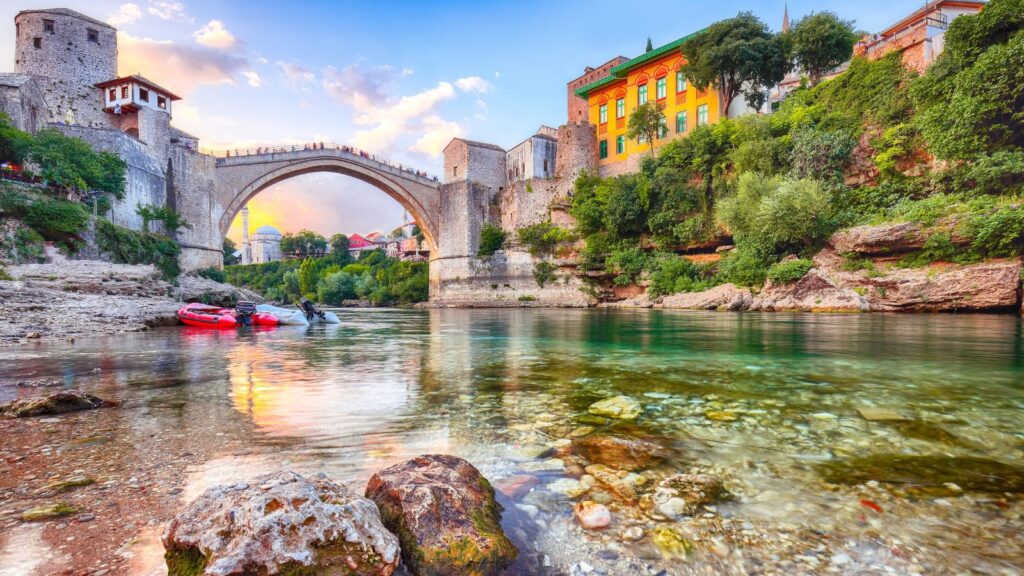
If you’re looking to combine experiencing a unique culture with exploring sublime landscapes, Bosnia and Herzegovina is for you. It’s one of Europe’s few muslim countries, which is interesting in itself, with cultural influences from the Austro-Hungarians and the Yugoslavians thrown into the mix.
The fusion of East and West is strongest in the capital of Sarajevo, where 15th century mosques and Ottoman-style coffee shops rub shoulders with art-deco Austrian buildings and Yugoslav high rises. There’s also various museums and murals dedicated to the Bosnian War. Then of course you have Mostar, home to the emblematic Stari Most Ottoman bridge and bazaar perched on the edges of the Neretva river, with the charming dervish house of Blagaj nearby.
Head out of the city and you’re soon met by the Dinaric Alps, which make the western European Alps look inferior. Here, primeval forests shelter wolves, bears and other unique wildlife few places on the continent still play host to–particularly in Sutjeska, Bosnia’s oldest national park. Meanwhile, the Neretva’s rapids beg to be ridden by those seeking an adrenaline rush.
Money-wise, Bosnia is particularly good for those on a budget, with staples like cevapi (grilled meat in a pitta with onions) or burek (a cheese pastry) setting you back just €3-€5 on average.
Learn more about Bosnia and Herzegovina:
- What to see and do in Sarajevo
- Bosnia: 9 things to see and do with kids
- Meet Skender, our Bosnia tour leader
Browse our Bosnia and Herzegovina adventures
Serbia
Best for: City breaks, agritourism and nature lovers

If you’ve been to Budapest, chances are you will like Belgrade, Serbia’s vibrant capital. With historic buildings, a lively nightlife in Zemun and a unique foodie culture in its kafanas (bistros), it’s great for both a standalone city break or a starting point for a wider trip. And increased budget flights from the UK mean now’s as good a time as ever to explore Serbia while it’s still relatively under-the-radar.
The glorious Tara National Park lies between three and four hours’ drive south of Belgrade. It’s a popular holiday destination for Serbian families who go to escape the city for a week in a cabin to enjoy hiking, cycling, and watersports on the Drina river–one of our favourite rafting spots.
A little further afield is the mountain village of Gornje Košlje which is steeped in bucolic beauty and provides a glimpse into rural life. Here, we’re hosted by a family of farmers for a few days and spend our time hiking, canyoning and knocking back homemade rakija with locals we meet along the way.
Learn more about Serbia:
- Beyond Belgrade: Uncovering Serbia one hike (and rakija) at a time
- 6 things you probably didn’t know about Serbia
- The Undiscovered Guide to Belgrade
Discover Serbia with us
Kosovo
Best for: Well travelled types, outdoor adventure, authentic culture and value for money
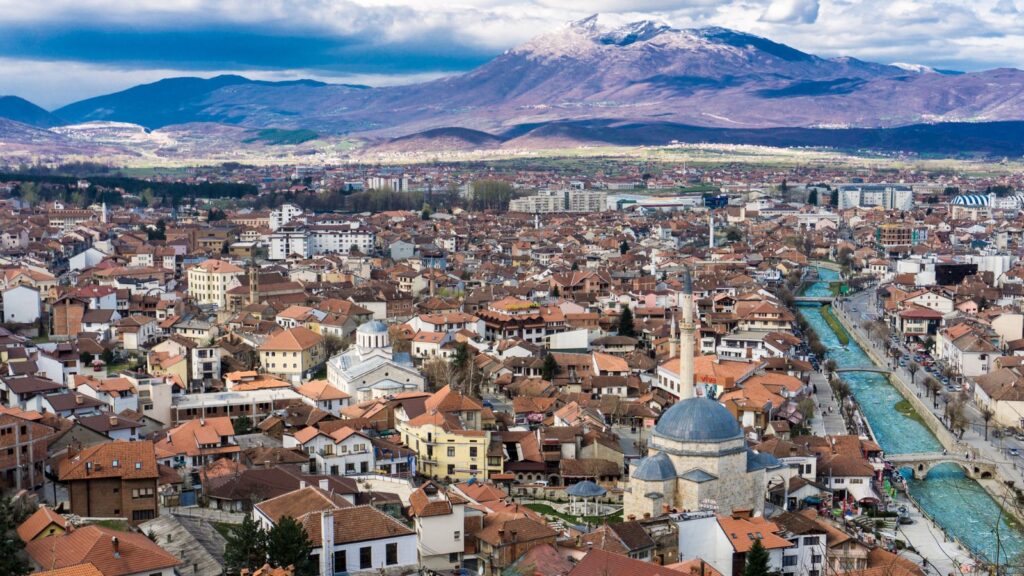
It’s Europe’s youngest country and one of the least chartered by travellers, Kosovo provides an intrepid adventure and dose of truly authentic culture without flying half-way across the world–not to mention natural beauty beyond your wildest dreams. For experienced travellers, its ruggedness and quirks as a tourism destination in its infancy only add to its charm.
Rugova National Park on the border with Montenegro offers a host of adventures, from hiking to rafting and, for the daring, via ferrata. In fact, the scenery there is so beautiful, many Kosovan couples put on their wedding attire ahead of the big day and have photoshoots against the backdrops of the mountains.
Kosovo is also home to some of Europe’s oldest forests. Deep in the Accursed Mountains, some forests are so old and undisturbed, they’re considered prehistoric, frequented by animals considered to be as ancient, such as the Eurasian Lynx.
The city of Prizren is a great place to delve into Kosovo’s culture and traditions. It gives a similar vibe to Mostar in Bosnia with its Ottoman architecture and artisanal markets. It’s also one of the best places to see Filigrani, very fine silver jewellery, being made.
In the capital of Pristina, find an eclectic mix of modernity and ancient architecture dating back to the Ottomans in a similar way to Tirana in Albania.
Learn more about Kosovo:
Discover our Kosovo holidays
Feeling inspired? Subscribe to our free monthly newsletter for more Balkan travel inspiration, 5% off tours, and first dibs on our new trips and offers.

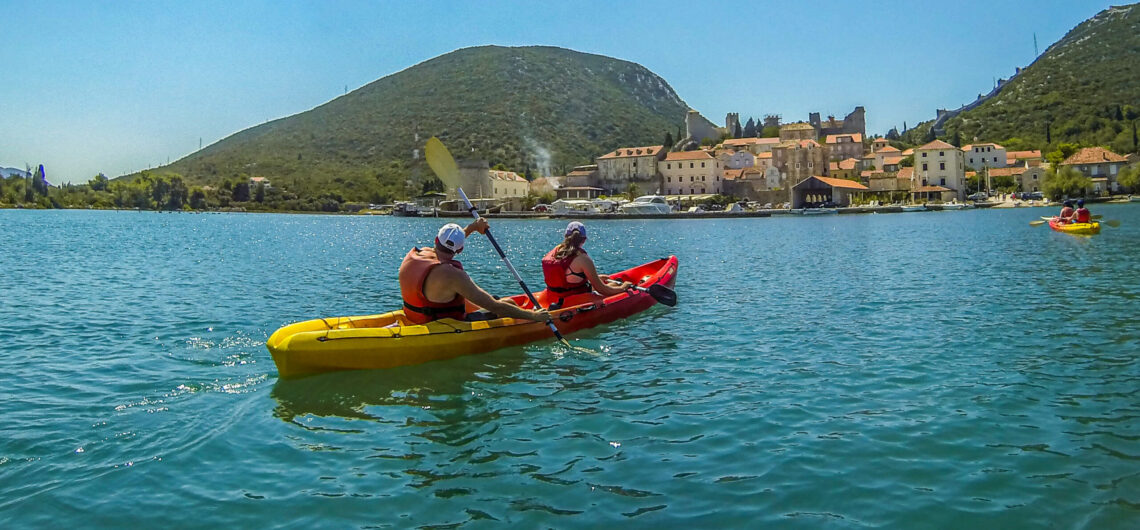
Comments